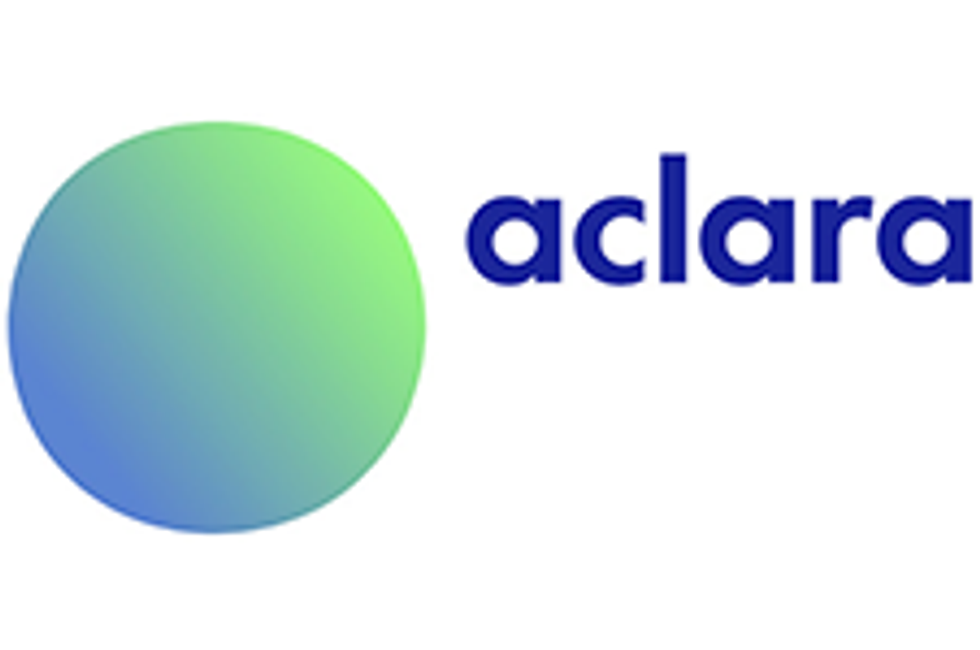- AustraliaNorth AmericaWorld
Investing News NetworkYour trusted source for investing success
- Lithium Outlook
- Oil and Gas Outlook
- Gold Outlook Report
- Uranium Outlook
- Rare Earths Outlook
- All Outlook Reports
- Top Generative AI Stocks
- Top EV Stocks
- Biggest AI Companies
- Biggest Blockchain Stocks
- Biggest Cryptocurrency-mining Stocks
- Biggest Cybersecurity Companies
- Biggest Robotics Companies
- Biggest Social Media Companies
- Biggest Technology ETFs
- Artificial Intellgience ETFs
- Robotics ETFs
- Canadian Cryptocurrency ETFs
- Artificial Intelligence Outlook
- EV Outlook
- Cleantech Outlook
- Crypto Outlook
- Tech Outlook
- All Market Outlook Reports
- Cannabis Weekly Round-Up
- Top Alzheimer's Treatment Stocks
- Top Biotech Stocks
- Top Plant-based Food Stocks
- Biggest Cannabis Stocks
- Biggest Pharma Stocks
- Longevity Stocks to Watch
- Psychedelics Stocks to Watch
- Top Cobalt Stocks
- Small Biotech ETFs to Watch
- Top Life Science ETFs
- Biggest Pharmaceutical ETFs
- Life Science Outlook
- Biotech Outlook
- Cannabis Outlook
- Pharma Outlook
- Psychedelics Outlook
- All Market Outlook Reports
US Rare Earths Anticipates Cost, Time Savings from Adit Re-opening
The company now has “the prospect of being the first underground mine since the 1960s in the US to remove rare earth material,” according to CEO Kevin Cassidy.
It can be easy to miss news released at the end of the week, but investors focused on the rare earth elements (REE) space likely won’t want to lose track of last Friday’s announcement from US Rare Earths (OTCQB:UREE).
The company capped the week off by revealing that it has received approval from the US Forest Service to re-open the Last Chance northern adit. In doing so, it will gain access to the Last Chance vein, which it says is “one of the longest identified mineralized veins in the Lemhi Passarea of Idaho and Montana.”
What’s in an adit?
Understanding the significance of US Rare Earths’ news requires one simple piece of geological knowledge: what is an adit?
Put very simply, an adit is a horizontal or near-horizontal entrance to an underground mine. Adits can be used for water drainage, ventilation or simply to extract minerals, and are generally preferred over vertical shafts as they tend to be cheaper; indeed, adits of between 1 and 2 miles can be economically feasible.
From the sounds of it, US Rare Earths will certainly be privy to cost — and time — savings. As CEO Kevin Cassidy said, “[w]e estimate that the opening of the Last Chance existing adits will save the company approximately $6 million and reduce our development time by at least three years.” He added that the move will put the company “well ahead of [its] peers and well on [its] way of executing our strategy of providing a complete domestic supply chain solution of critical rare earths which are made in America.”
Also significant, said Cassidy, is the fact that US Rare Earths now has “the prospect of being the first underground mine since the 1960′s in the US to remove rare earth material.”
Howard Dunn, principal of Process Engineering, concurs. He’s quoted in last week’s press release as saying, “[a]dit access to the main mineralized vein will provide an advanced development opportunity that completely shifts the Last Chance Project away from the typical rare earth exploration landscape where exploration and metallurgical development rely on drill core and weathered surface samples.”
Moving forward
The US Forest Service has given US Rare Earths a permit for the recovery and mining of 2,500 short tons of metallurgical sample from Last Chance, and the company plans to “begin to remove and conduct metallurgical testing of the material immediately.” It will use a multi-phase approach, and initially sees itself “to removing up to several hundred tons of stockpile of material.” If necessary, it can apply to remove an additional 7,500 tons.
In terms of what the company expects to be bringing out, US Rare Earths said in August that it believes the stockpile holds “at least 10 to 12 tons of highly concentrated rare earths enriched material.”
No word yet on whether the southern adit at the Last Chance vein — which is 452 feet long compared to 755 feet for the northern adit — will also be opened up. Both adits intersect the vein, but are not connected.
At close of day today, shares of US Rare Earths were selling for $1.50 each. The stock has a 52-week high of $3.20 and a low of $1.25 for the same period.
Securities Disclosure: I, Charlotte McLeod, hold no direct investment interest in any company mentioned in this article.
Related reading:
Rare Earths in the United States
The Rare Earth Market Moving Forward: US Rare Earths, Ucore Rare Metals
Outlook Reports
Featured Critical Metals Stocks
Browse Companies
MARKETS
COMMODITIES
| Commodities | |||
|---|---|---|---|
| Gold | 2375.55 | -4.38 | |
| Silver | 28.17 | -0.07 | |
| Copper | 4.45 | -0.01 | |
| Oil | 82.52 | -0.21 | |
| Heating Oil | 2.53 | -0.01 | |
| Natural Gas | 1.75 | -0.01 | |
Investing News Network websites or approved third-party tools use cookies. Please refer to the cookie policy for collected data, privacy and GDPR compliance. By continuing to browse the site, you agree to our use of cookies.




